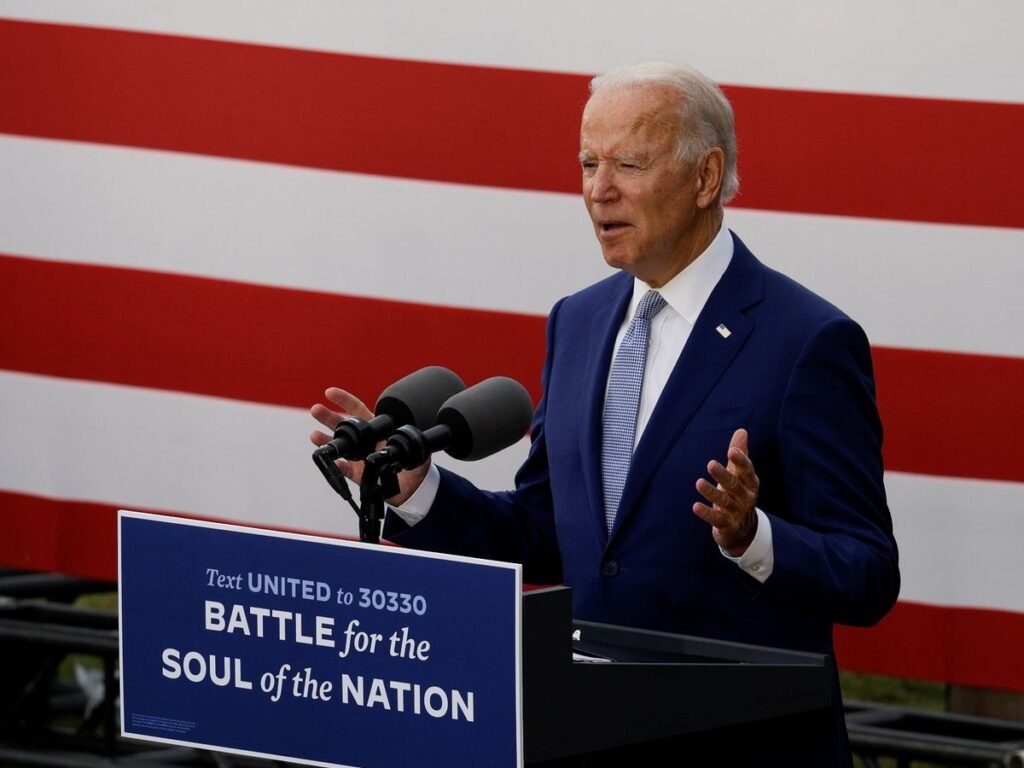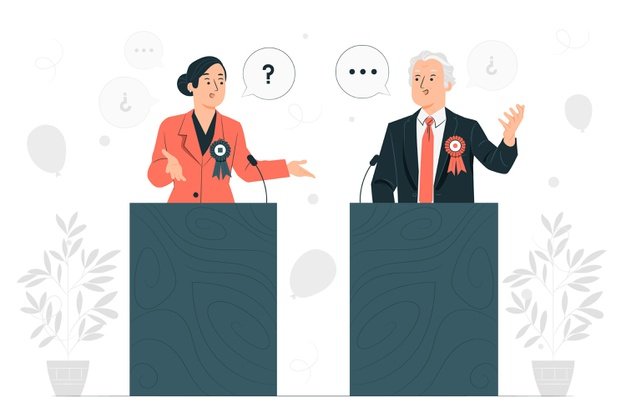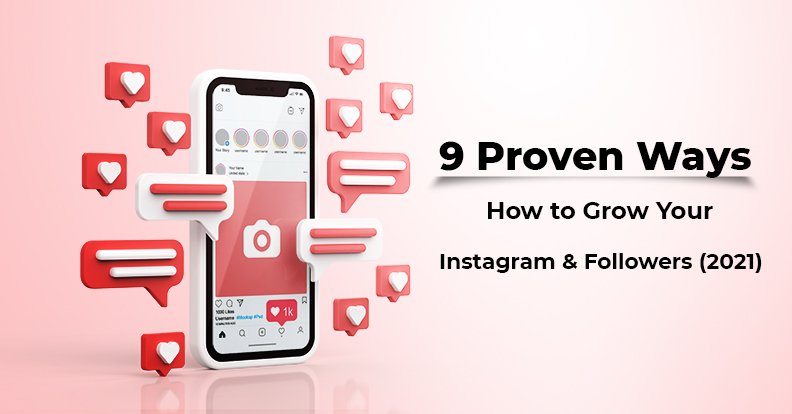
Political Campaigning On Social Media - Why & How
Like it or not, social media and politics have become inseparable.
That’s because so much of our political discourse happens via social media.
Why, though? Tweets and comments represent the modern-day public forum. Social media’s ability to break news in real-time has transformed the way we absorb information.
Meanwhile, the ability to go back-and-forth with voters and constituents directly is invaluable to politicians looking to sway public opinion.
Below we’ve broken down some key topics and best practices when it comes to social media for political campaigns.
From figuring out your content strategy to dealing with trolls, we’ve got you covered.
Have your own website

Having your own website gives you control over the narrative. Regardless of what is being said about you, or being attributed to you, your website is the reference point for your official line on each issue. If people want to know more about you and what you stand for, a website helps you deliver that information in way that you would preferred it delivered. Everything else is unofficial if you have a website with clear positions mentioned therein.
Make sure the website reaches people
What is the point of saying something if no one can hear it? Make sure that people find your website when they search for you or for topics related to you online. Having a website that’s search friendly is like having people showing the way to your political rally. If they can’t find you, they won’t hear you.
Go Social

People spend more time with Instagram, facebook and youtube than they do with their family members. So it makes natural sense to have official pages and accounts on social media and talk to your constituents there. Twitter is great for PR. Facebook is amazing with publishing your rich media. Instagram is the place to be for pictures that say a thousand words, and for live streaming. Youtube is for uploading full length videos of your rallies / public appearances.
Engage the public via live video

Live video has taken over political social media.
Serving as a sort of alternative to traditional newscasts, social media video empowers politicians to break their own news and have conversations with constituents in real-time.
For example, many politicians have taken to regular live streaming on Facebook and Instagram as a way to interact with voters and non-voters alike. Rather than just talk at voters, live video encourages both meaningful and personable conversations.
Live social video is especially powerful for smaller, local politicians who need to address issues that might not be receiving mainstream news coverage.
Run social ads

It’s estimated that only 27 per cent of your followers on FB/Instagram see your posts, fewer even. On Twitter, a tweet is gone within seconds, or at most, minutes. It’s impossible to reach people on social media effectively unless you advertise. Advertising is the business model of social media companies, and on their platforms we have to play by their rules. So understand who your audience is, what message resonates with each subset, and run ads. An intelligently run ad campaign on social media can get you fantastic results.
Run Search Ads

The yeti must live on the second page of a google search, and that’s why they haven’t been able to find it yet! Unless you have a website that ranks on top of google search for your keywords, you have to run ads to get visibility on search engines. Also, if a new hot button topic emerges in the election that you feel your viewpoint needs to be seen on, there is little you can do to make your website rank faster than news site on that topic. Here is where PR & search ads can work like magic.
Learn how to deal with trolls
It’s common to deal with burnout as a social media manager.
And if you’re managing social media for political campaigns, you know this all too well.
Trolling and harassment. Comment spam. Mass reporting.
Unfortunately, all of the above come with the territory of social media and politics.
Beyond developing a thick skin, perhaps the best advice we can offer is to do your best to ignore such comments and not feed the trolls. Try to emphasize a sense of community in the comments and don’t encourage needless fighting. This all circles back to tip #2.
As a side note, bear in mind that public officials can’t block people on Facebook. There’s plenty of debate over whether or not doing so is legal or ethical as social media is seen as a public forum.
Leave it to supporters and community members to report inappropriate posts. If possible, try to push more intense disagreements into your DMs or private messages when appropriate. Whatever you do, be civil.
Consistently ask (and answer) questions

Asking questions is a proven way to boost engagement on social media.
As highlighted by tip #1, Q&As are the bread and butter of political accounts. Posing topical questions to your follower is a simple way to encourage a bit of back-and-forth. Likewise, it’s a way to show that you’re willing to listen to your constituents.
Using platforms such as Instagram Stories, you can vet your questions privately and post the answers publicly to your followers. This allows you to publish more thoughtful responses and likewise serve as something voters can reference in the future.
Score more shares with visual content
Visual content such as videos and infographics are among the most-shared social content out there. This rings true across pretty much every platform.
If you’re making an important announcement, consider how you can put together a visual to match up with it.
Listen: there’s a lot that goes into any social media political campaign.
Understanding what to post and how to wrangle your responses will ultimately empower you to build support and a sense of community around your candidacy.




